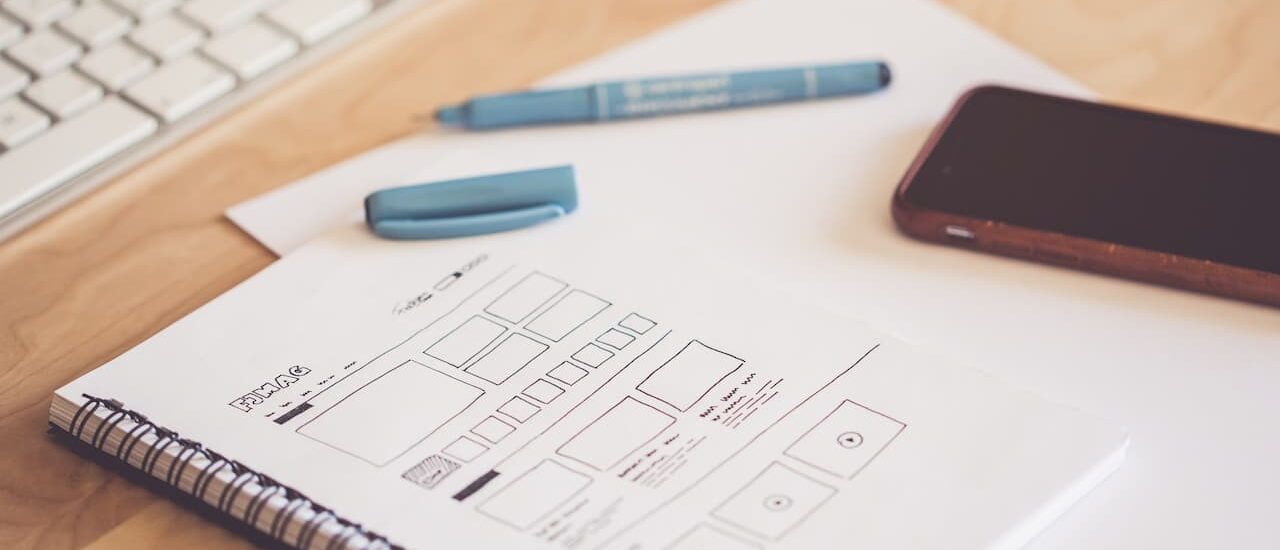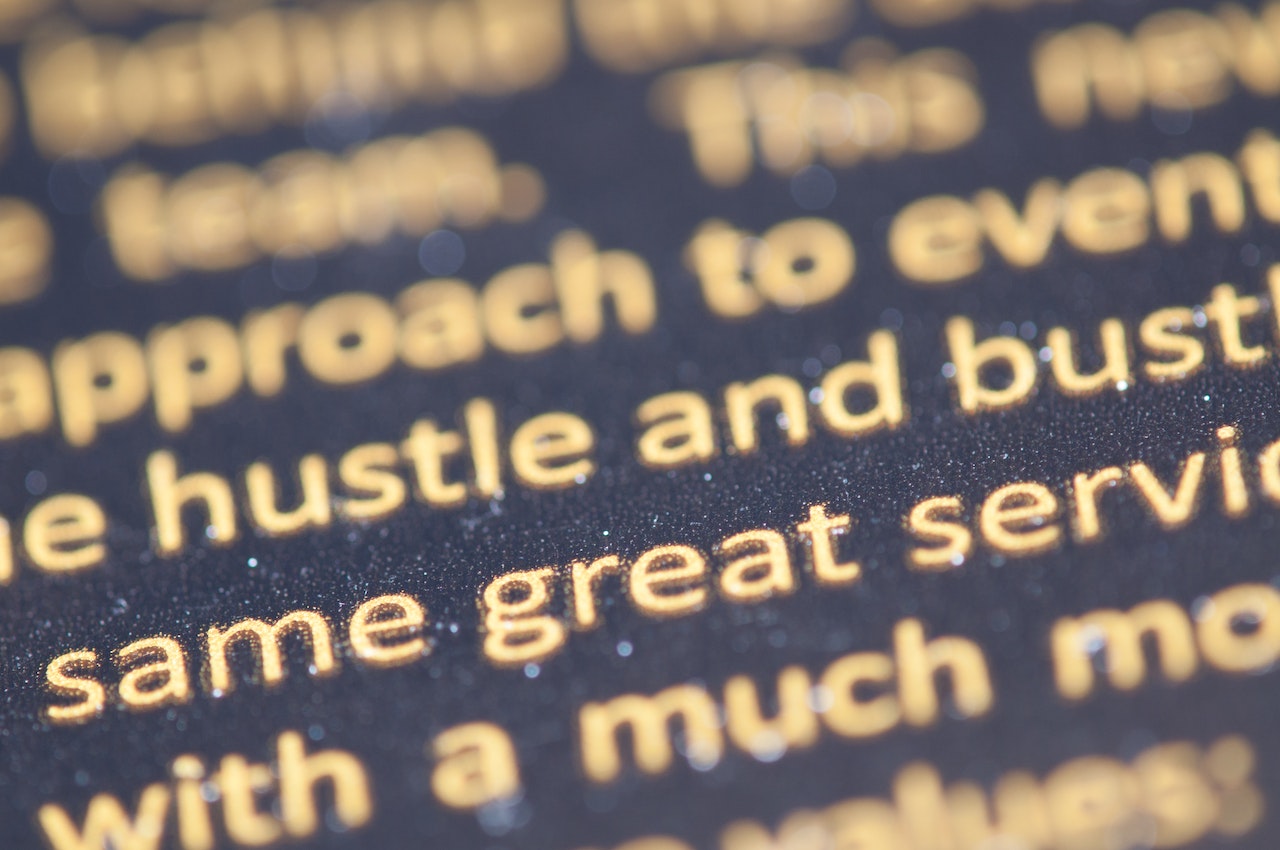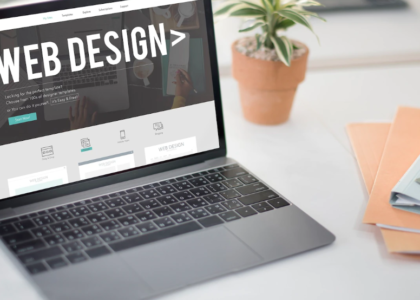Companies often rush into the development stage without doing the necessary preliminary work such as gathering requirements, preparing deliverables, and researching the market. These activities, though seen as minor, have a significant effect.
The common outcomes of projects that don’t include a discovery phase are usually a budget blowout, scope creep, and sometimes might be a complete failure.
The discovery phase of a project is a crucial step in ensuring its success. During this phase, the project team gathers information, identifies requirements, and defines objectives. One key aspect of the discovery phase is the design stage. The design stage plays a pivotal role in setting the project’s direction and vision and establishing the overall user experience. In this article, we will delve into the importance of the discovery phase and look closer at the pre-design stage of a project, exploring its key objectives and goals, elements to consider, tools and resources.
Discovery Stage and Role of Design Part
The Discovery phase is an essential part of the process when it comes to problem-solving. It is the stage in which the issue at hand is examined and investigated in order to gain an understanding of what the underlying issue is and what solutions are available. It is a crucial step in the process of finding a resolution.
Kickoff for the development phase is the discovery process, sometimes referred to as the scoping stage. During the discovery period, your team will collect and evaluate data about the product, such as its target audience, market movements, and rival products. This information will allow the team and the one with the original concept to refine the product plan, confirm its feasibility in the market, and set the order of tasks that must be accomplished.
The design stage in the discovery phase of a project serves multiple objectives and goals. It aims to establish a clear understanding of the project’s visual direction, user interface, and overall user experience. By defining these elements early on, the design stage sets the foundation for the project’s success. The design stage also helps in identifying potential risks and challenges, allowing the project team to address them proactively.
During the design stage, it is important to ensure that the project’s objectives and goals are aligned with the needs and expectations of the target audience. This involves conducting research, gathering user feedback, and incorporating best practices in web or app design. By doing so, the design stage helps in creating a user-centric experience that fulfills the project’s objectives while meeting the users’ needs.
What Procedure Does Orangesoft Use for the Discovery Stage
Let’s delve into the key steps of the project discovery phase as practiced by Orangesoft:
Defining the Project’s Main Goal and Limitations
Deliverables: Project mind map
To create a unique and competitive product, we invest time in data analysis, competitor research, and business analysis. Our goal is to innovate, offering solutions clients might not even realize they need yet. The product vision serves as our guiding light, ensuring every metric, client demand, and insight aligns with the overarching goal.
Completing Stakeholder Analysis and Defining Goals and Problems
Deliverables: Stakeholder identification, End user persona
Collecting requirements is a pivotal step in system development. Before we embark on this journey, we meticulously identify all system stakeholders. A specific and comprehensive stakeholder list leads to more precise requirements.
We employ various requirement collection approaches, including client interviews, domain research, documentation review, brainstorming, story detailing, competitor analysis, and more.
Creating a Discovery Backlog and Gathering Requirements
Deliverables: Delivery backlog, User stories
The discovery backlog serves as a repository for all ideas, features, and user insights, organized by topics and initiatives. Each problem is linked to a specific goal, ensuring solutions are aligned with strategic objectives.
User stories are crafted to provide a comprehensive view of the solution, supported by user flows and high-level agreements on system behavior.

Defining the Delivery Backlog and Dividing User Stories into Iterations
Deliverables: Prioritized product backlog, Must-have product features
The delivery backlog consolidates user stories, helping balance the product vision and project constraints. Prioritization using the MoSCoW method determines whether all features are implemented at once or if an MVP is released first.
Creating and Approving UX/UI Design
Deliverables: Clickable prototype, Application design
Our business analyst collaborates with the UX/UI designer to create a product vision. An upper-level product prototype guides the system’s core aspects, while the designer presents a design for client approval.
Completing the Functional Requirement Document
Deliverables: Function requirements document, Product architecture
This stage runs parallel to design development. Detailed documentation aids in estimation, cost control, and customer satisfaction. The Functional Requirements Document (FRD) outlines how the system should function, breaking down tasks, services, and functions.
Finalizing the Application’s Development Time Estimate
Deliverables: Final timeline estimate, Final cost estimate
Developers provide precise time and cost estimates based on documentation and prototypes, assessing every aspect, from layout to business logic and third-party integrations.
Elements to Consider in the Design Stage of a Web Project
When it comes to the design stage of a web project, there are several key elements that need to be considered. These elements play a crucial role in creating a visually appealing and functional website. The first element to consider is the overall layout and structure of the website. This involves determining the placement of various elements such as headers, menus, content sections, and footers. A well-designed layout ensures easy navigation and a seamless user experience.
Another important element to consider in the design stage is the color scheme and typography. The choice of colors and fonts can greatly impact the overall look and feel of the website. It is important to choose colors that align with the project’s branding and convey the desired message. Similarly, selecting the right fonts can enhance readability and add to the visual appeal of the website.
In addition to layout, colors, and typography, the design stage should also focus on the use of images and graphics. Visual elements play a crucial role in conveying information and engaging users. It is important to select high-quality images and graphics that are relevant to the project and enhance the overall user experience. Attention should also be given to the placement and sizing of these visual elements to ensure they do not overwhelm the content.
Tools and Resources for Designing in the Discovery Phase
Designing in the discovery phase requires the use of various tools and resources to streamline the process and ensure efficient collaboration. One essential tool is a design prototyping software, such as Adobe XD or Sketch. These tools allow designers to create interactive prototypes, enabling stakeholders to visualize the project’s design and provide feedback. Prototyping also helps in identifying any usability issues early on, saving time and resources in the long run.
Collaboration tools, such as InVision or Figma, are also valuable resources during the design stage. These tools facilitate communication and collaboration among the project team, allowing for real-time feedback and version control. They also help in streamlining the review and approval process, ensuring that all stakeholders are aligned and informed.
In addition to software tools, designers can also leverage online resources and communities for inspiration and best practices. Websites like Dribbble and Behance showcase a wide range of design work, providing designers with ideas and inspiration. Online communities, such as designer forums or social media groups, offer opportunities for designers to connect, learn, and share their work.
Benefits of a Well-Executed Design Stage
A well-executed design stage in the discovery phase of a project offers numerous benefits. Firstly, it sets a strong foundation for the project by defining its visual direction and user experience. This clarity helps in avoiding unnecessary revisions and rework later in the project timeline. A well-executed design stage also improves communication and collaboration among the project team and stakeholders, ensuring everyone is aligned and working towards the same vision.
Furthermore, a well-designed project provides a positive user experience, leading to increased user satisfaction and engagement. A visually appealing and intuitive design encourages users to explore and interact with the project, increasing the chances of achieving its objectives. Additionally, a well-executed design stage helps in establishing a strong brand identity, creating a memorable and recognizable presence in the market.
Common Challenges in the Design Stage and How to Overcome Them
The design stage of a project is not without its challenges. One common challenge is the divergence of opinions and preferences among stakeholders. To overcome this challenge, it is important to involve stakeholders early on and encourage open communication. Conducting workshops or design sprints where stakeholders can provide feedback and contribute to the design process can help in aligning their expectations and avoiding conflicts down the line.
Another challenge in the design stage is the lack of clarity regarding the project’s objectives and target audience. It is important to conduct thorough research and gather user insights before diving into design. This research will help in understanding the needs and preferences of the target audience, allowing for a more informed and effective design approach. Regular user testing and feedback sessions throughout the design stage can also help in validating design decisions and ensuring they align with the users’ expectations.
Conclusion
The design stage within the discovery phase of a project holds a pivotal position, shaping the project’s trajectory and vision. This crucial phase not only determines the project’s visual identity but also sets the stage for a seamless user experience. By aligning stakeholders, mitigating potential risks, and prioritizing user-centricity, the design stage forms the bedrock of project success.
With the right tools, resources, and approach, the design stage becomes a catalyst for unleashing the full potential of your project. Embrace the significance of design within the discovery phase, and you’ll be on the path to crafting a truly remarkable project.









